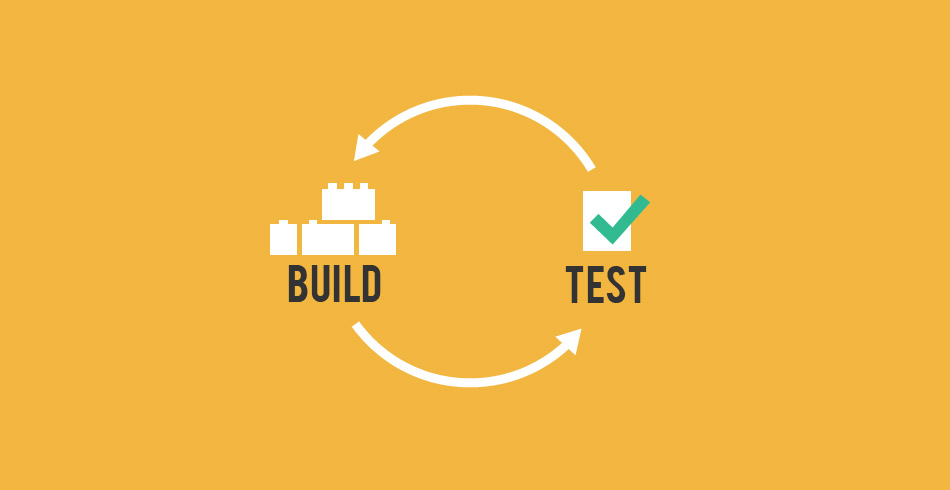Testing... one, two, three!

Editor’s Note: Cross-posted from NDI's guest blog on CiviCRM.org
For over 15 years, NDItech has been in the business of developing technologies for development. One of our newest pet projects is called DemTools, or the Democracy Toolkit. DemTools is a set of four webapps to solve some of the most common problems our global partners experience: civic organizing, managing constituent relationships, tracking election data and fostering civic debates. Two of them are custom-configured versions of CiviCRM, so we’ve been working closely with the core team throughout our design and development process.
The thinking behind DemTools was simple: to design context appropriate solutions for advocates of political change that were informed by user needs and could enhance existing workflows. However, what we learned from conducting a host of usability tests on our Civi-enabled tools was that making them work was anything but simple.
In a recent DemWorks blog post, we shared some of the guiding principles we followed when designing and conducting our usability test of CiviParty, a tool that allows political parties and civic organizations to organize events, contact or survey supporters via SMS, and track member engagement. Now, we’d like to share what we learned from that process. However, before diving right into our findings, I should mention what our motivation was for investing the time that we did in conducting our usability tests in the first place: to expose any design shortcoming of our tools that made them difficult to use. After all, what good are tools in a toolbox if they make someone’s life harder, not easier? Half of sustainability is how straightforward tools are to use. For us to be able to achieve our goal of solving some of the most common problems faced by advocates for political change, they have to be willing and able to use the systems that are made available to them. Enter usability testing.
We ran two hour-long testing sessions with NDI staff who were recruited based on their previous real-world experiences as field organizers in an election. Given the partner organizations we work with around the globe, our team wanted to better understand the challenges of managing an effective campaign and determine whether the tool we were testing could actually meet their needs. During the session, we asked all of our participants to perform several tasks using our CiviParty, including accessing a database, managing contacts and organizing those contacts. Afterwards, we then did a de-brief with them to hear their overall feedback about the tool. Here’s a snapshot of some of the things we heard from them:
Tester: What did you like about the database?
Participant A: Nothing! [ed.note: ouch.]
Tester: What did you not like about the database?
Participant B: I had to think too much in order to do what I needed to do [using Civi].
Participant C: For a partner to use this, it has to be dramatically simpler. There’s just too much room for error [using Civi].
Participant D: New computer users would be easily frustrated [by Civi]. A lot of training would be required.
So, what’s one to do with all this critical feedback? Devise a strategy for improving the design of our product, that’s what! Working with our partners at AGH Strategies, our team compiled a list of things that would need to be fixed, so that our Civi-enabled tools could help and not hinder the work of our partners around the globe. While some fixes like changing the appearance of the homepage were quite easy for us to to make, others required more than just simple tweaks. The fixes we could implement were applied using extensions, making them easily carry over to any other stock Civi install.
After several weeks of making improvements, the DemTools kit finally launched on August 12 and the four web apps our team had long labored over were once again made available for demo (except this time by a public audience).
While all of our DemTools are now available online, our team knows that further collaborative development of the tools is still necessary. As we speak, we’re working to build a robust open source community that’s invested in improving DemTools. Our team recognizes that what we do is not just about the tech, but about integrating tools into holistic programming. It’s for that reason that we’re committed to better integrating usability alongside functionality into our product design and implementation.
I think it goes without saying that Civi is a powerful tool, but if it wants to reach the next 100,000 civic groups in the developing world, it needs to be a lot more simpler to use. Filling that gap is not an easy feat, but it’s a challenge we’re up for.
